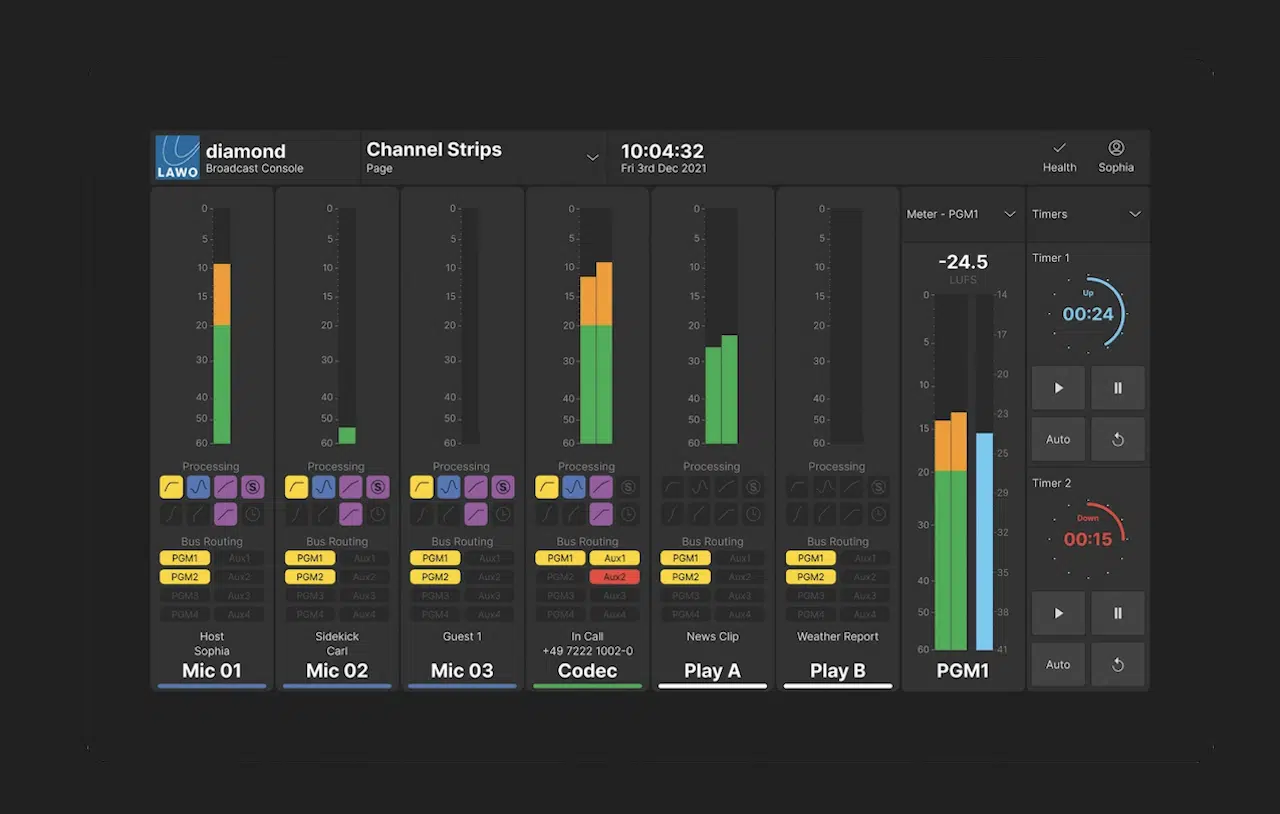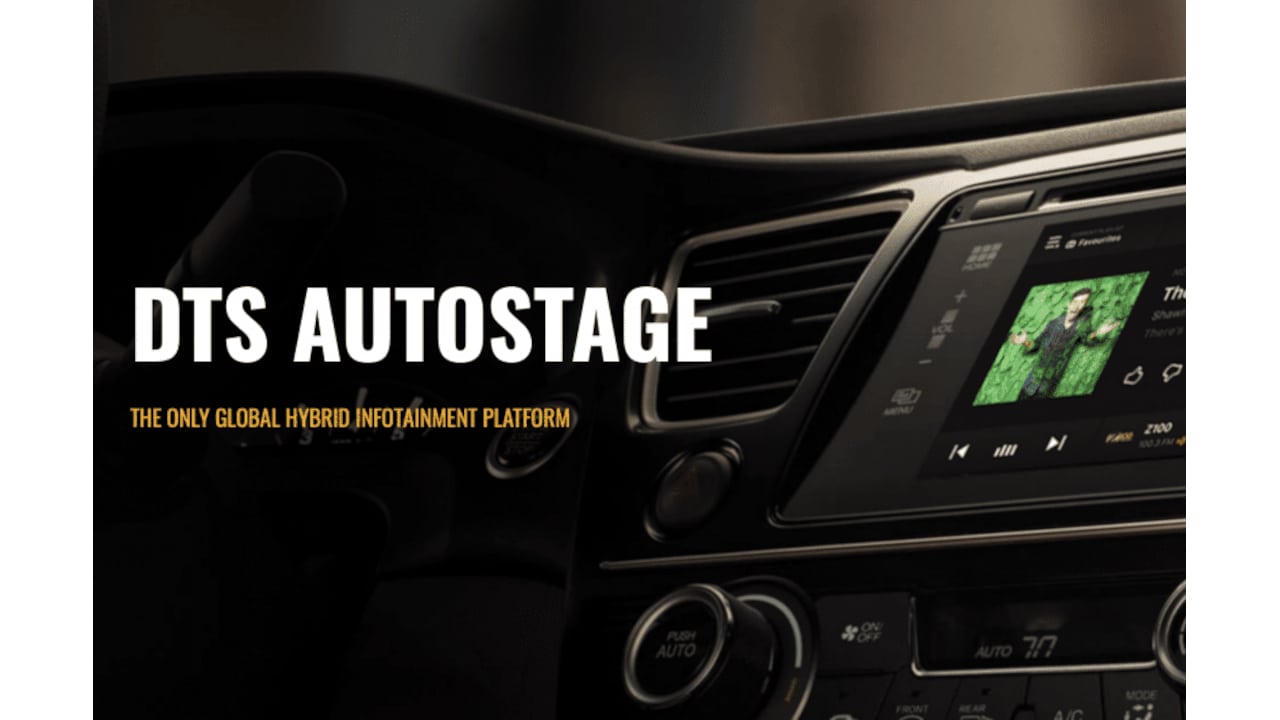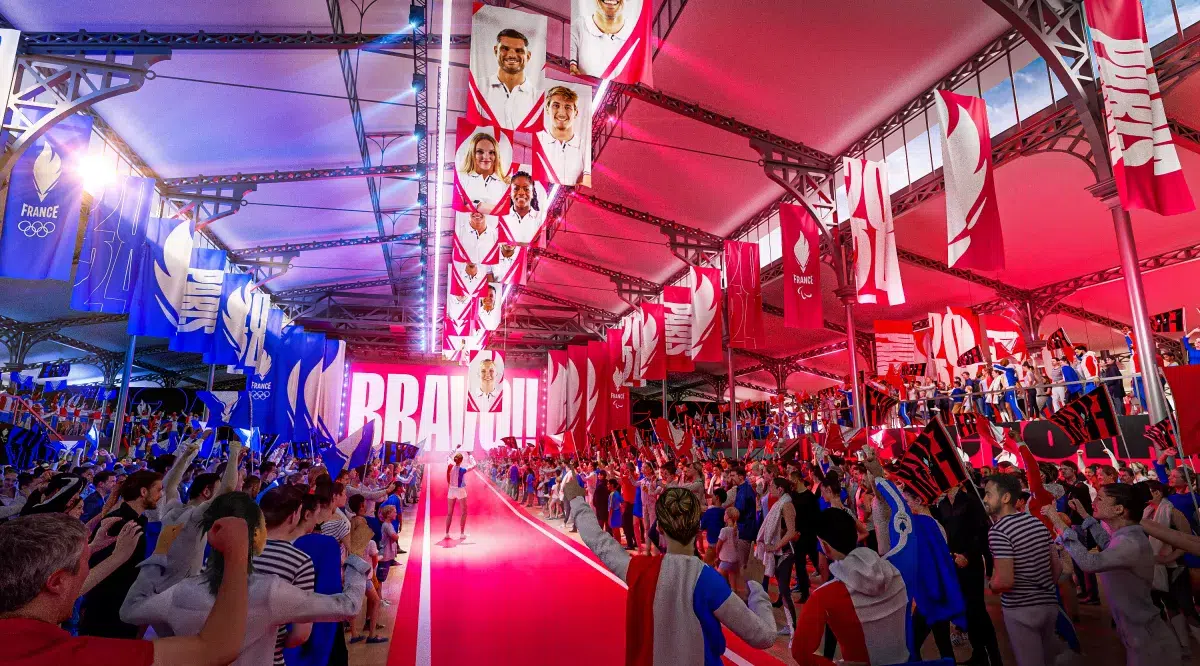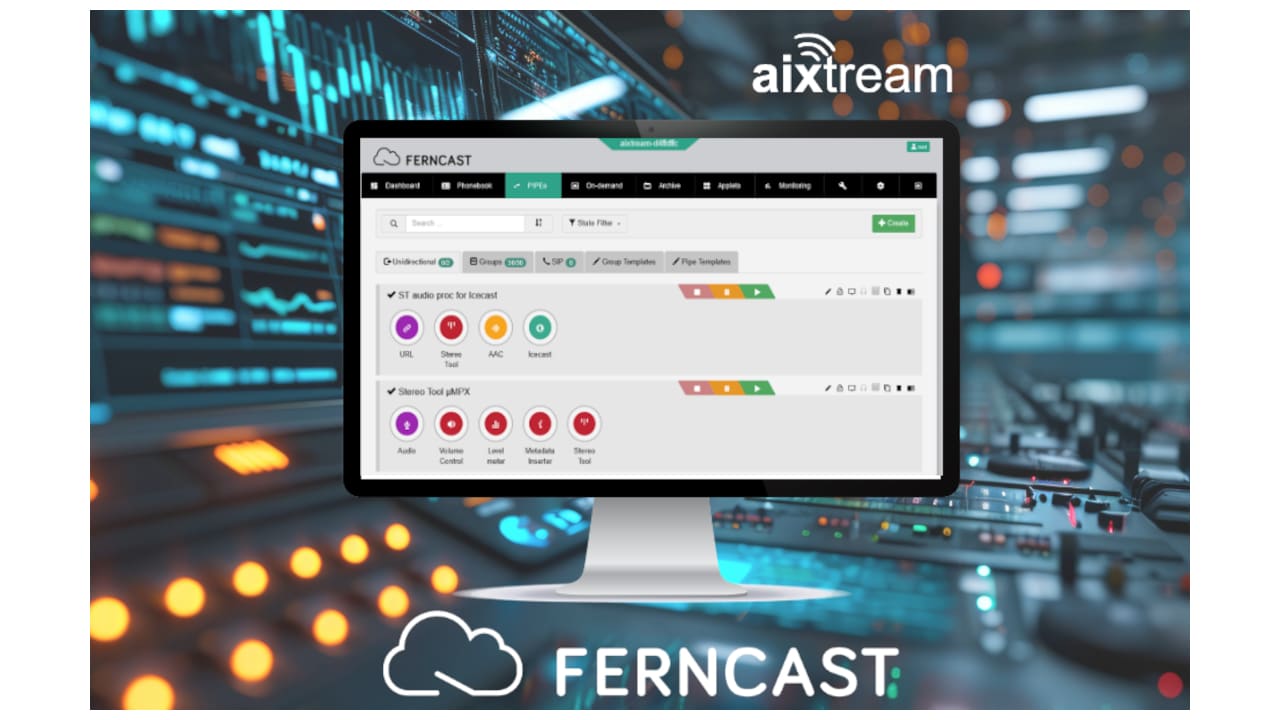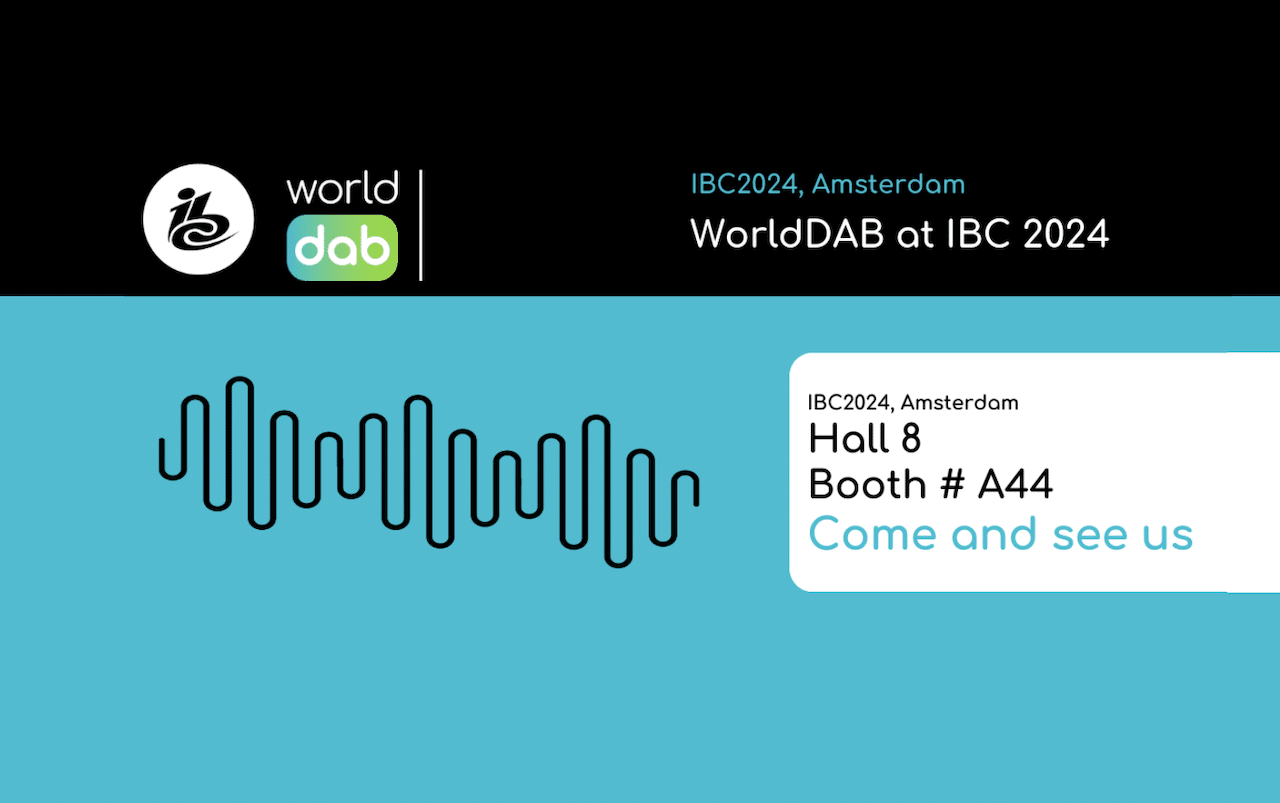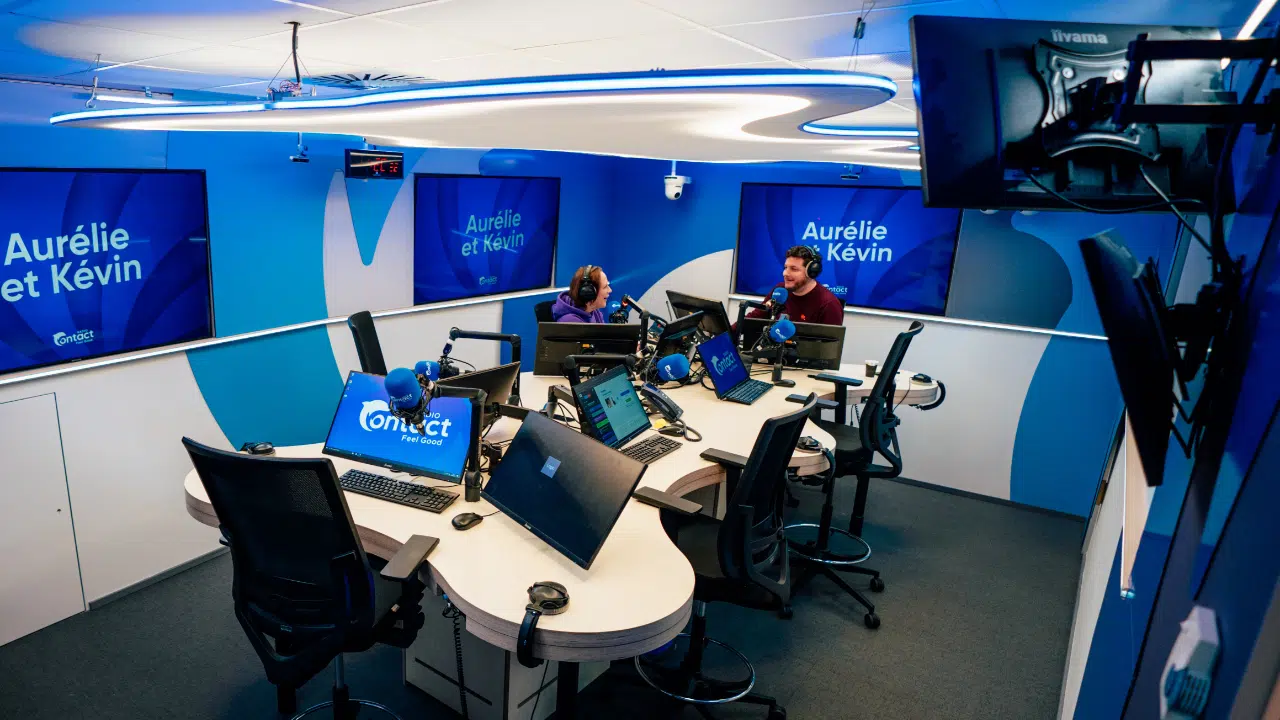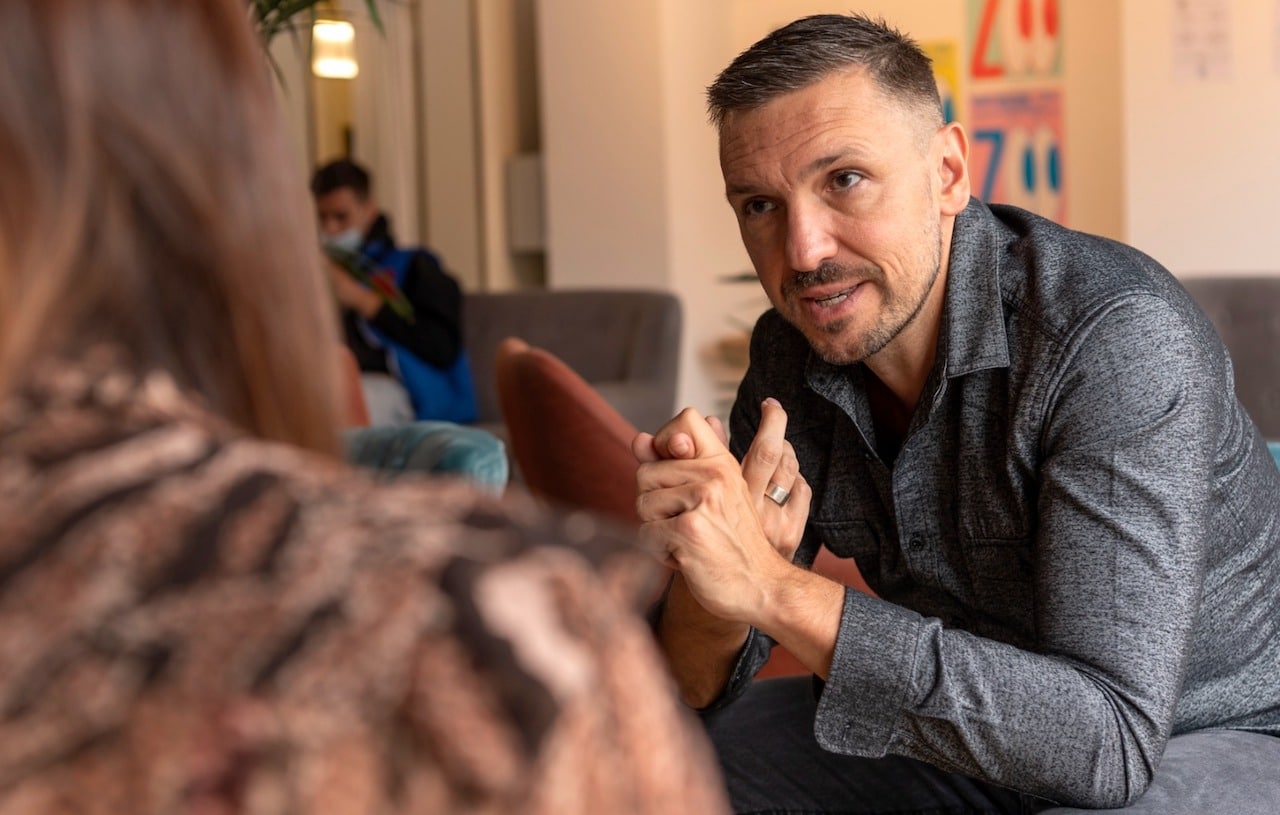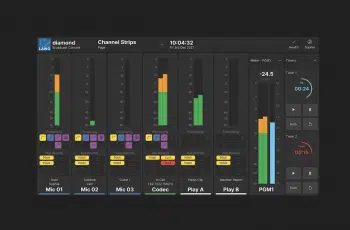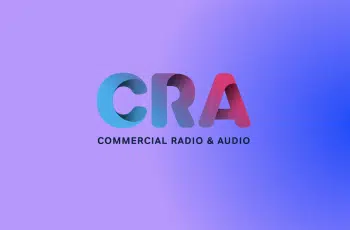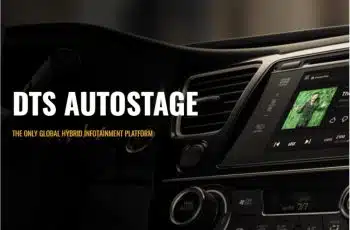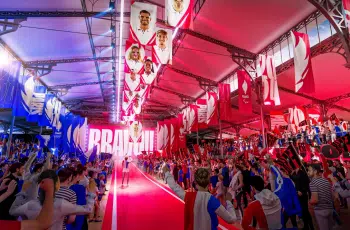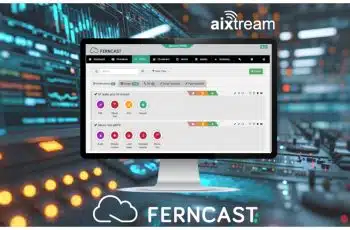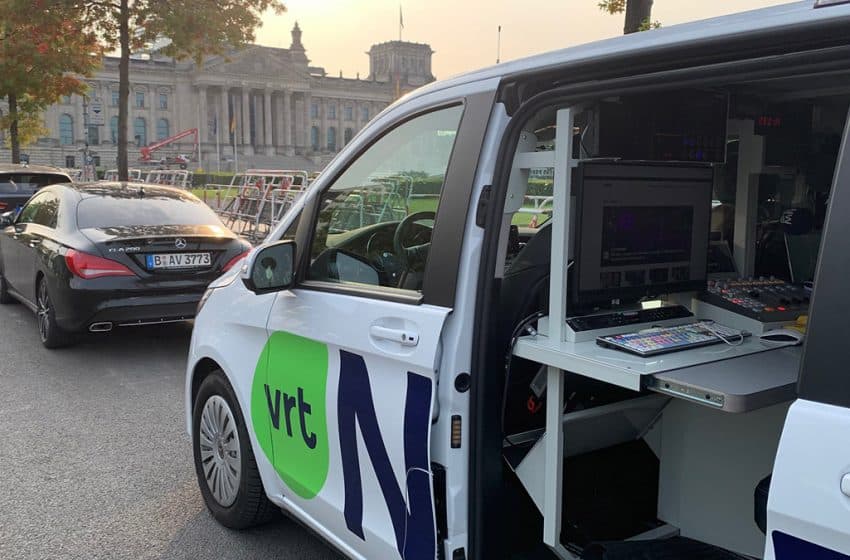
BRUSSELS — Ten years ago, Belgian Dutch-language broadcaster VRT commissioned four new radio news vans to serve the station’s mission to get news to the public as quickly as possible. Those four Mercedes Viano cars are now gone; in their place are three state-of-the-art ergonomic ENG vans.
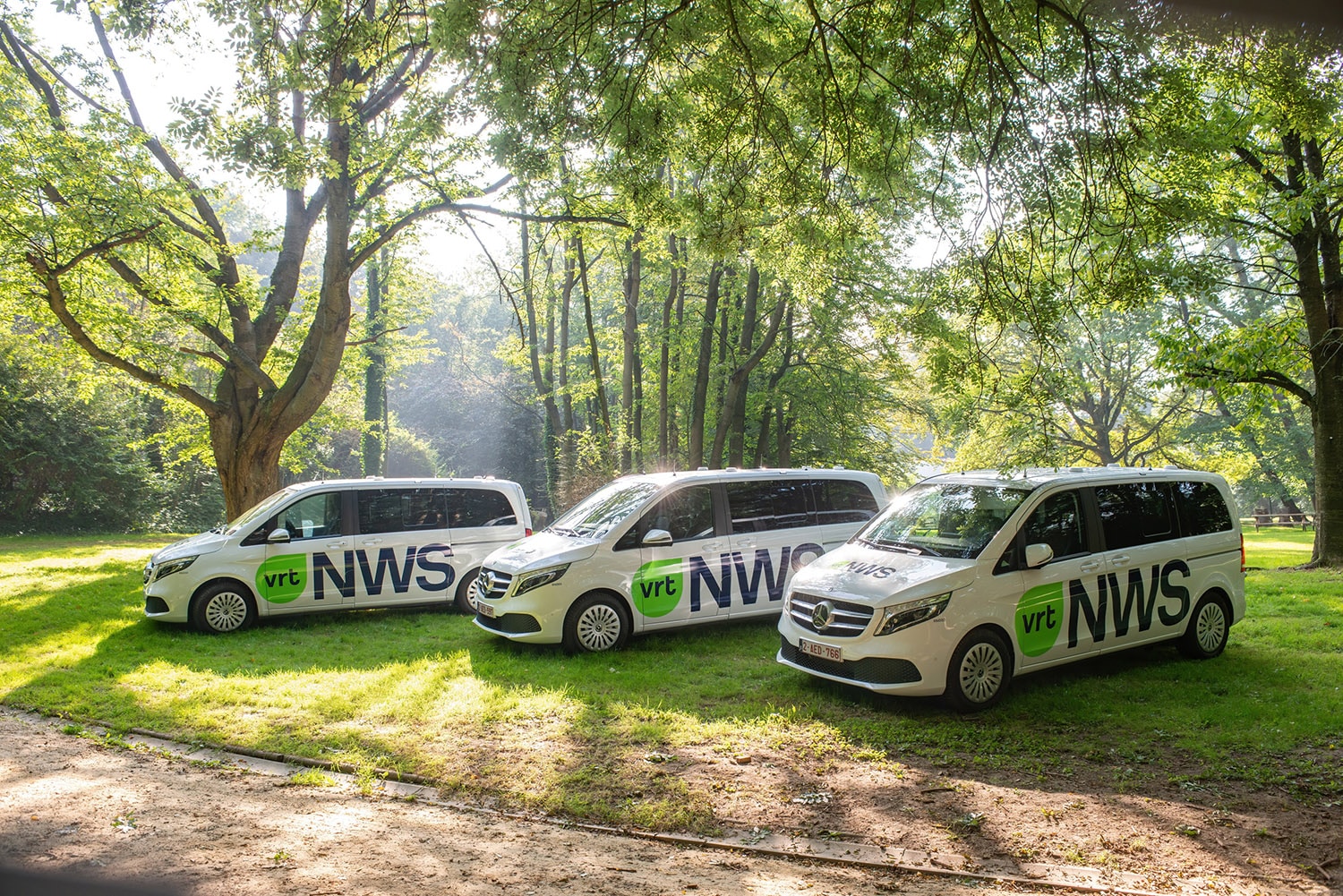
“Until today, we used radio vans to transmit interviews and reports to the main studio, said Bart Gielen, VRT newsgathering engineer.
“Traditionally, the radio news van would arrive on the spot first, even before the first morning news bulletin, and the journalist would secure a radio interview and take some pictures and limited video footage, then send those to our main newsroom for editing,” he explained.
“But with online content gaining more importance, the new vans will produce content for radio, TV and online. Each van has a video editing system and powerful laptops connected to a docking station and big display to edit the content and transmit it for online.”
Streamlined Process
VRT can also use a vehicle as a “remote interview position” — an engineer can travel to an interviewee’s home or office and conduct a cross-talk interview with Radio 1’s on-air studio.
Each new vehicle only needs an engineer to record and edit the audio and video material and a journalist to conduct and edit the interviews.
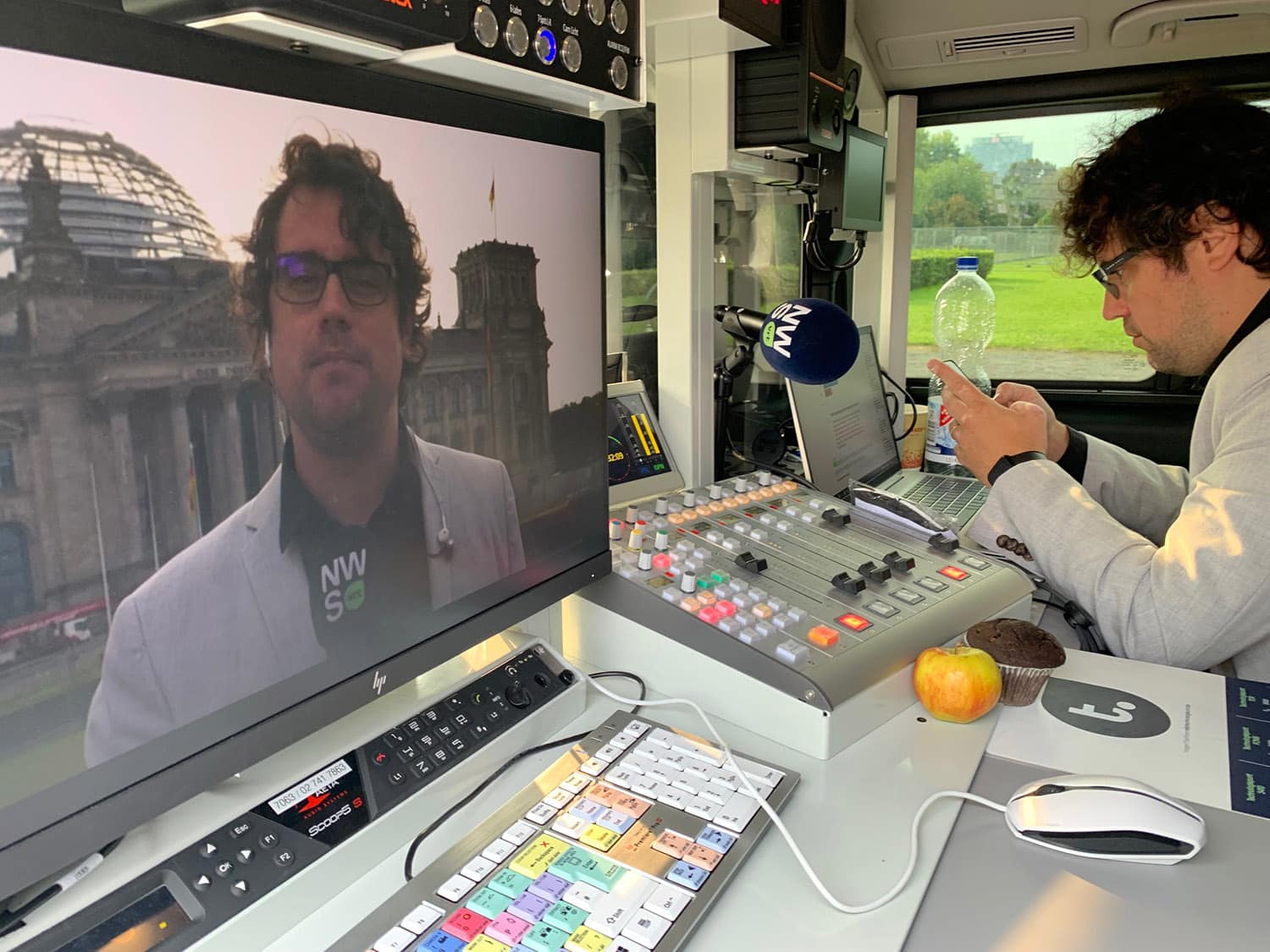
It is “a matter of close and efficient use of personnel, with the journalist also taking on recording or editing whenever necessary. The journalist shapes the interview content during the edit,” added Gielen. “The final audio or video report is sent to the newsroom to go on air immediately.”
As a public company, the VRT issued market research for the replacement vehicles. “We based the decision on parameters such as the environment, comfort, reliability, rear-wheel drive and cost,” explained Nick Van den Broeck, project manager with VRT. “And, like a decade ago, we came out with Mercedes — we were happy with the service and opted for three Mercedes V-series vans.”
The three identical cars were equipped with DHD 52-3808C broadcast console frames, featuring DHD Dante interfaces, DHD XC mic/line module 52-7235A and multi I/O 52-1335A boxes.
“We did quite some research prior to the integration of the equipment. There are a lot of new solutions nowadays, but often these options require different components in the setup,” Gielen said.
Quality Audio
“The big advantage with DHD is that everything is in one extensive console you can configure to fit the job.” He cited the example of monitoring the mains power supply and its earth leakage detection circuitry — their status appears on the DHD’s display, making a separate screen unnecessary. The flexible pre-configuration of the DHD setup is a bonus for sound engineers during live outdoor broadcasts.
An AETA Scoop 5S broadcast audio codec and two Fostex 6301ND active monitor speakers are part of the audio setup.
“The fact that the whole technical installation had to be modular and used independently from the ENG-car impacted the interior design and cabling,” underlined Van den Broeck. “We started the process over a year ago when we rebuilt one of the older vans. We paid our dues, but we gained quite some experience and discovered some interesting elements.”
“The fact that the whole technical installation had to be modular and used independently from the ENG-car impacted the interior design and cabling.”
“Despite the technical evolution, ENG cars still require high-quality short-range audio transmission, for which wireless applications are somewhat limited,” Gielen said. “We wanted to use 4G technology, but in many cases, 4G offers poor transmission during our assignments. We opted for a Wisycom RPT 923 RX/TX reporter with a range of 500 meters for maximal reliability.
“Interviews and reports conducted in the vicinity of the ENG car use a Sennheiser Digital 6000 series transmitter/receiver system with a Sennheiser handheld wireless digital microphone. For the studio, we use Sennheiser MKH 416 and MD 431 microphones for the presenters, HMD 27 and HD 26 headsets and an Audio Technica BP4029 stereo microphone. Previously, we did our reports in mono; the BP4029 allows us to capture stereo ambient sound and transmit stereo content.”
Image to Audio
The new cars also feature an easy-to-operate video system, equipped with a fixed PTZ Optics studio camera and mobile Panasonic camera for short interviews and extra content. The challenge was to incorporate both the radio and video systems in the ENG van, with ergonomics in mind. “We started with a one-on-one mock-up of the studio interior,” said Bart Lamberigts, project manager with Amptec, who supplied the DHD systems and did the integration, cabling and installation of the new vans. “The mock-up allowed us to position every single technical element, panel or control in the studio.”
One of the major challenges with the previous vehicles was the mains supply and Euro 6 regulations compliance. Mains batteries lasted one hour, and using the car engine and alternator as backup produced environmental issues and noise hindrance during recording.
The new generation of batteries, however, offers at least five hours of noiseless operation. “Together with Amptec, we looked for a safe, efficient and eco-friendly solution within the technical boundaries of the Mercedes van,” explained Gielen. “A Mastervolt Combimaster power conversion unit provided the most flexible intelligent power management system, offering an autonomy of seven hours (five hours during live broadcasts).”
“Connectivity is one of the new assets,” Lamberigts continued. “The era where ENG vans linked up with the VRT’s broadcast center via a UHF link and a hydraulic antenna-mast is behind us. Today, 4G or 5G are the standards for data transmission. In this case, the vans use Peplink’s Pepwave MAX HD4 router, a powerful 4G device, or Mobile Viewpoint’s WMT Airlink mobile encoder as an embedded solution.”
With the public broadcaster’s mission of 24/7 news in mind, the vans can be equipped with a separate satellite uplink to secure the audio signal or duplex to the Brussels headquarters.
Multiple Advantages
“The recent floods in Wallony — with 4G out of order and damaged data transmission and mains connections — illustrated the necessity for alternatives,” Gielen pointed out.
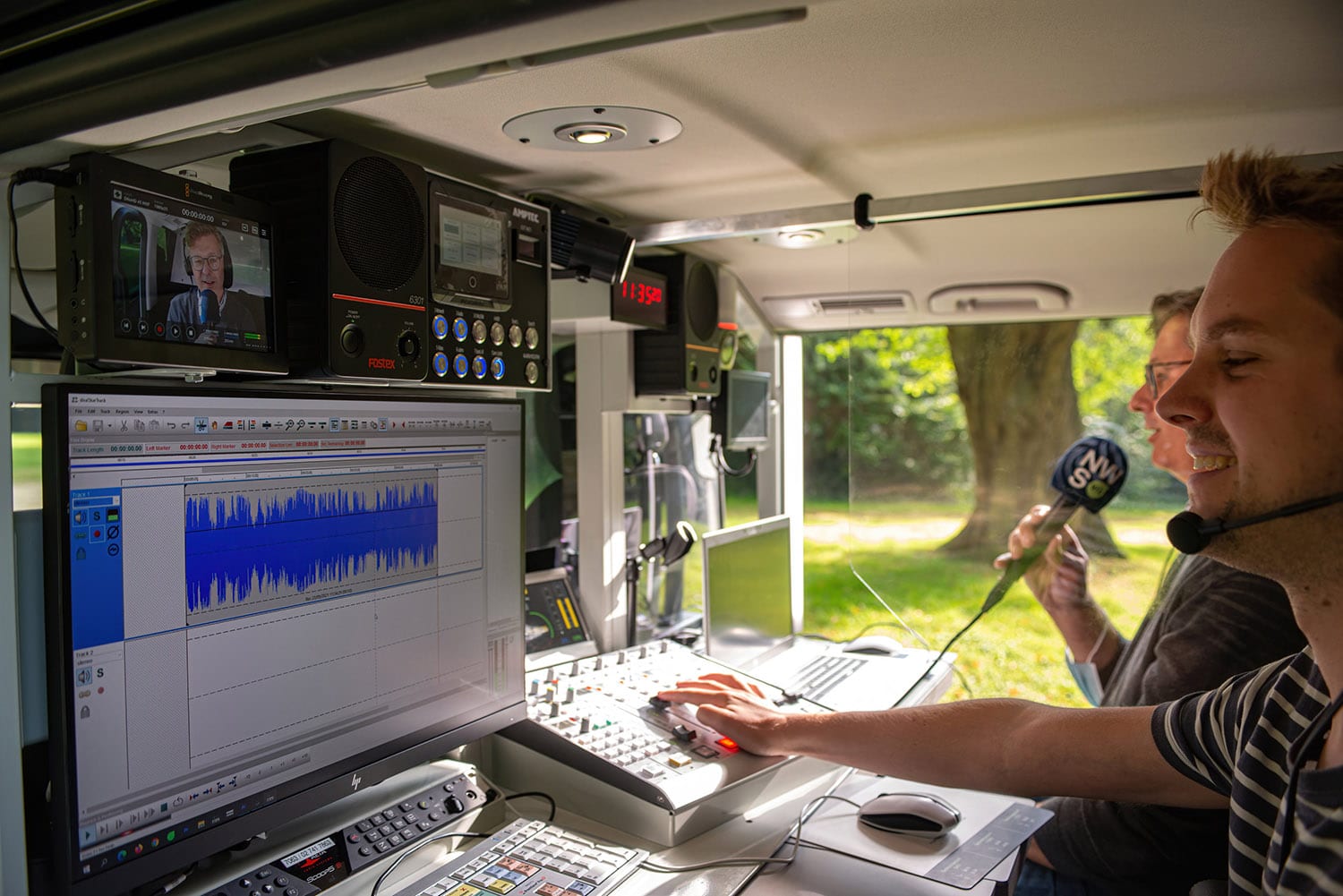
One of the new ENG vans was first used in Berlin on Sept. 26 during the German Bundestag elections. “It’s a great car to work in,” reported Jeroen Reygaert, VRT journalist covering the elections. “The new van’s maiden trip was a success,” added Jan Goetvinck, VRT radio engineer. “Everything went just fine, and the new car is great to work with.”
Van den Broeck sees multiple advantages in the radio/TV combination. “Radio 1’s morning drive show ‘De Ochtend’ (‘The Morning’) is a fine example of how the combined technology helps create content. Our journalists or engineers use the ENG van as a ‘remote interview position’ for the Radio 1 on-air studio to gather the radio quotes of the day in the early morning while the engineer simultaneously takes image rushes with the PTZ camera, allowing us to transmit video footage for Radio 1’s visual radio and to record content for the station’s TV news before the actual TV teams go on the road,” he said.
“With the integration of radio and TV in one ENG van, we produce ‘media’ instead of radio or TV content, with touchpoints for various playouts. In doing so, we now have images alongside the quotes that make the news of the day.”
“These new vans have become the basic concept for all of the VRT’s future outside broadcasts,” concluded Gielen.



